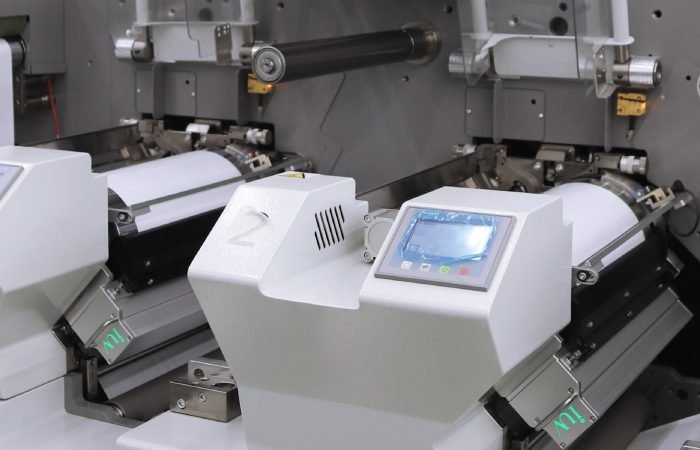The shift toward sustainable packaging solutions isn’t just a trend—it’s a necessity. Brands and manufacturers face mounting pressure to reduce environmental footprints while maintaining high-quality output. UV LED curing systems have emerged as a game-changer in this space, particularly for labels produced via flexographic, offset, and narrow-web printing. Unlike traditional mercury-arc lamps, these systems deliver precision, efficiency, and eco-friendly performance without compromising speed or durability. Let’s unpack how this technology aligns with green initiatives across label production.
Instant-On Efficiency and Energy Savings
Traditional UV curing relies on mercury-vapor lamps that require warm-up periods, consuming energy even during idle times. UV LED systems eliminate this waste by activating instantly at full intensity. For flexographic printers running short batches or frequent job changes, this means no standby power drain. LED arrays also emit targeted wavelengths (365-405 nm), ensuring energy isn’t wasted on irrelevant spectral output. Studies show LED units reduce energy consumption by 50-70% compared to conventional setups. In offset printing, where fine details demand consistent curing, LEDs maintain stable output without intensity fluctuations, reducing rework and material waste.
Zero Ozone, Lower Heat, Safer Workspaces
Mercury-based systems generate ozone as a byproduct, necessitating ventilation upgrades and posing health risks. UV LEDs operate without ozone emissions, simplifying facility requirements and improving air quality. The low heat output of LEDs also minimizes substrate distortion—a critical advantage for thin film labels and heat-sensitive materials like polyethylene. Narrow-web printers benefit here, as delicate substrates can run at higher speeds without warping or discoloration. Operators no longer need bulky cooling systems, further slashing energy use.
VOC-Free Inks and Faster Production Cycles
UV-curable inks contain no volatile organic compounds (VOCs), eliminating harmful emissions during curing. When paired with LED systems, these inks cure instantly under specific wavelengths, allowing immediate handling or finishing. For label converters, this translates to faster turnaround times. A flexo press running LED-cured inks can achieve speeds exceeding 200 meters/minute with zero drying delays. Offset printers gain similar advantages, as sheets exit the press ready for cutting or embossing. Reduced downtime between jobs also means lower carbon emissions per unit produced.
Longevity and Reduced Maintenance
A typical mercury lamp lasts 1,000-2,000 hours, requiring regular replacement and disposal of hazardous materials. UV LED modules boast lifespans exceeding 20,000 hours, with gradual intensity decline instead of sudden failure. This reliability minimizes production stoppages and cuts waste from frequent lamp changes. For high-volume label producers, this longevity translates to fewer consumables in landfills and lower long-term costs.
Compatibility with Recyclable Materials
Eco-friendly labels often use recycled or biodegradable substrates, which can be sensitive to heat and prolonged UV exposure. LED curing’s cool operation preserves the integrity of materials like PLA films or paper-based stocks. In narrow-web applications, this allows converters to adopt greener substrates without sacrificing print quality or machine speed. Post-consumer recycling becomes simpler, as LED-cured inks don’t hinder repulping processes.
Regulatory Preparedness
Governments worldwide are tightening regulations on industrial emissions and energy use. The EU’s Eco-Design Directive and California’s Title 24 already incentivize low-energy curing methods. Early adopters of UV LED systems future-proof their operations against stricter laws while appealing to eco-conscious clients.
From flexo to offset, UV LED curing isn’t just an upgrade—it’s a strategic pivot toward sustainable, efficient label production. By slashing energy use, eliminating toxins, and supporting recyclable materials, this technology positions printers as partners in the circular economy. As brands increasingly demand greener packaging, those leveraging LED UV systems will lead the market, one cured label at a time.












